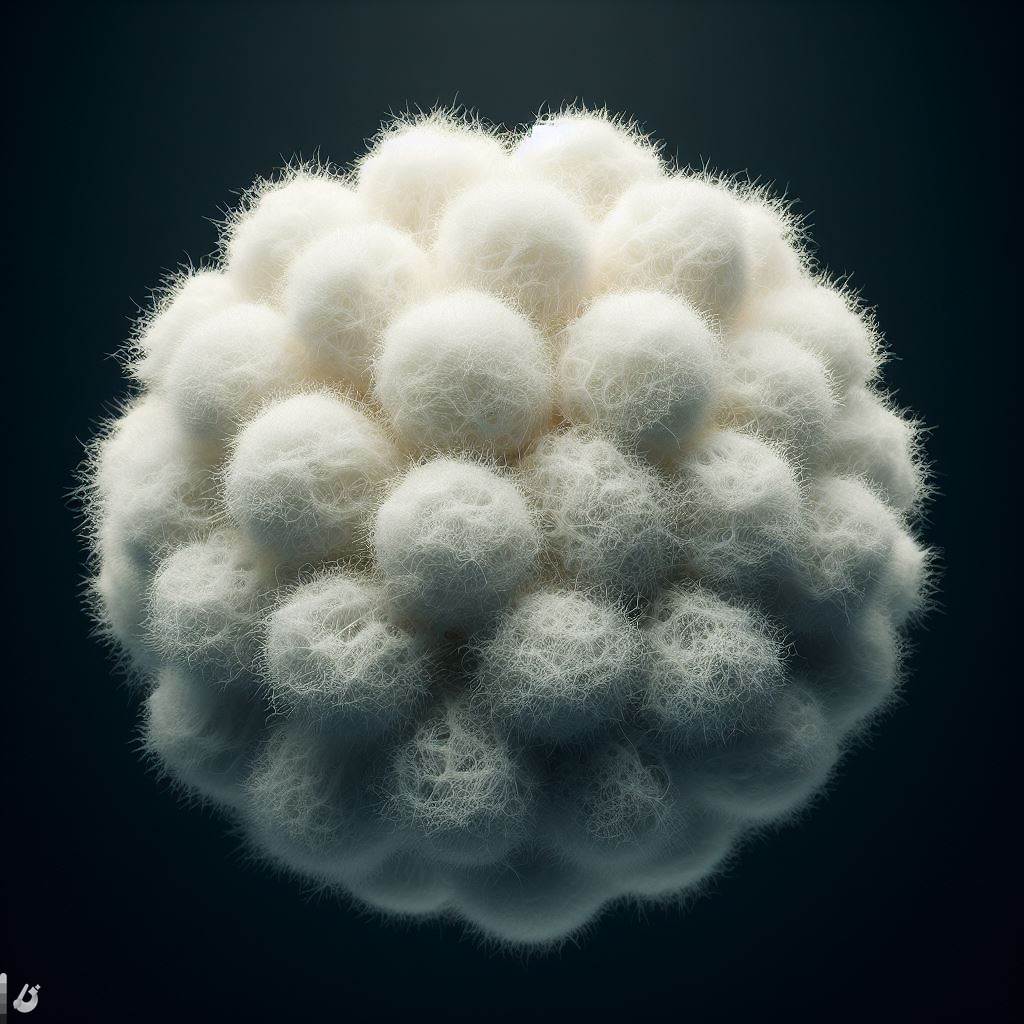To select the appropriate pool water treatment and cleaning equipment, it’s essential to understand the specific impurities present in your pool water. This guide discusses various impurities in water to help you choose the most effective and practical water treatment solutions for your swimming pool.
Question 1: What types of ions are typically found in natural water?
Natural water typically contains ions from minerals dissolved as the water flows through different rock formations. Common examples include calcium carbonate (limestone), magnesium carbonate (dolomite), calcium sulfate (gypsum), magnesium sulfate (Epsom salts), silica (sand), sodium chloride (salt), and anhydrous sodium sulfate (thenardite). The composition of dissolved ions varies depending on the water’s interaction with different rock formations, influencing its acidity and alkalinity.
Question 2: What does suspended matter in water comprise?
Suspended matter in water includes particles larger than 10 mm in diameter, visible to the naked eye. This category encompasses sediment, clay, protozoa, algae, bacteria, viruses, and organic macromolecules. These particles often make the water appear cloudy as they float in the current. They can be removed by sedimentation and filtration processes. When water is stationary, heavier inorganic particles like sand and soil settle, while lighter organic particles float to the surface for filtration. This suspended matter is the primary cause of water turbidity, coloration, and odor, and its concentration can vary with seasonal and regional changes.
Question 3: What are colloids in water?
Colloidal substances in water are particles sized between 1.0 mm and 10 mm. These are aggregates of multiple molecules and ions. In natural water, inorganic colloids primarily include compounds of iron, aluminum, and silicon, while organic colloids consist of debris from decomposed plants and animals. Due to their small size, large surface area, and adsorption capabilities, colloidal particles can carry numerous ions and charges. They tend to repel each other due to like charges, maintaining stability in water. Traditional gravitational sedimentation doesn’t remove these colloids; destabilizing agents are usually required for their effective removal.
Question 4: What organic substances are present in water?
Organic substances in water predominantly include polycarboxylic acid compounds like humic acid and fulvic acid, along with pollutants from domestic sewage and industrial wastewater. Over 95% of dissolved organic matter in water is typically weak organic acids from multi-functional aromatic macromolecules. Humus, a product of aquatic life activities, is also prevalent. Domestic sewage generally comprises human waste and garbage, while industrial wastewater contains various organic substances like fibers, fats, sugars, dyes, acids, and synthetic products, all contributing to water pollution.
Question 5: How does organic matter affect water quality?
Organic matter is a major contributor to water pollution. It is characterized by its tendency to undergo biological oxidation and decomposition, consuming dissolved oxygen and leading to hypoxia. This process can promote bacterial growth, decay, and fermentation, significantly deteriorating water quality.
Question 6: How do debris and colloidal substances impact water quality in natural water?
Suspended matter, like silt, can make the water cloudy and muddy. Algae and protozoa can discolor the water, create odors, cloudiness, and slime, and contribute to disease, mud formation, and corrosion. Other insoluble substances can form precipitates.
Colloidal substances, such as silica gel, can lead to scaling. Polymer compounds like humic acid colloids can cause turbid water and lead to adsorption and sedimentation.
Question 7: Why does some water have a distinct taste or odor?
Pure water is an odorless, colorless, and transparent liquid. However, contaminated water often has a noticeable odor, detectable by smell and taste. Common sources include:
- Odors from aquatic organisms, plants, or microorganisms growing and decaying in the water.
- Decomposing organic matter.
- Dissolved gases like SO2, H2S, and NH3.
- Dissolved salts or earthy materials.
- Industrial wastewater impurities like oils and petroleum.
- Chlorine used in the disinfection process.
Water’s smell can vary; lakes and swamps might have a fishy or musty odor due to excessive algae or organic matter; muddy rivers often smell earthy; hot springs can have a sulfuric odor; groundwater might emit a hydrogen sulfide smell. The water’s taste can also vary based on its contents: water with high oxygen or organic matter content, water containing N02, or saltwater with high sodium chloride levels. Water with magnesium or sodium sulfate tastes bitter, iron-containing water has an astringent taste, and the odor of domestic and industrial wastewater varies based on its components.

Question 8: What is water turbidity?
Water turbidity refers to the cloudiness caused by suspended matter and colloidal particles. Turbidity is measured in degrees, equivalent to 1 mg of SiO2 in 1 liter of water. It’s a measure of the water’s ability to scatter and absorb light, influenced by the content, size, shape, and reflective properties of the suspended particles. Pool water turbidity should not exceed 5 degrees, aligning with drinking water standards. These particles are generally stable and require chemical treatment for removal. Coagulation and filtration are common methods used to reduce water turbidity.
Question 9: What factors influence the color of water?
Natural water can appear in various colors, such as light yellow, light brown, or yellow-green, influenced by dissolved humus, organic or inorganic matter. Industrial wastewater contamination can also alter the water’s color. These colors can be categorized as true color (caused by dissolved substances) and apparent color (after removing suspended substances). Iron oxide can turn water brown, sulfides can give a light blue tint, algae can change water color, and decaying organic matter can darken the water.
Question 10: What does the pH value of water indicate?
The pH value of water represents the negative logarithm of the hydrogen ion concentration, expressed as pH = -log[H+]. It is a scale used to determine whether water is acidic, basic, or neutral. The pH value, also known as the hydrogen ion index, ranges as follows:
- Strongly acidic: pH < 5.0
- Weakly acidic: pH 5.0–6.4
- Neutral: pH 6.5–8.0
- Weakly alkaline: pH 8.1–10
- Strongly alkaline: pH > 10
The pH value is crucial in classifying water quality and affects the solubility of substances in water.

